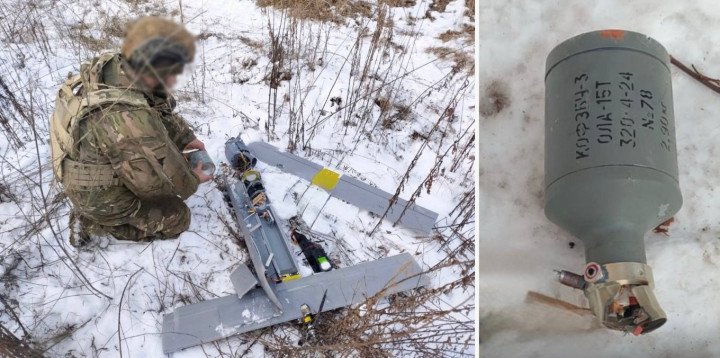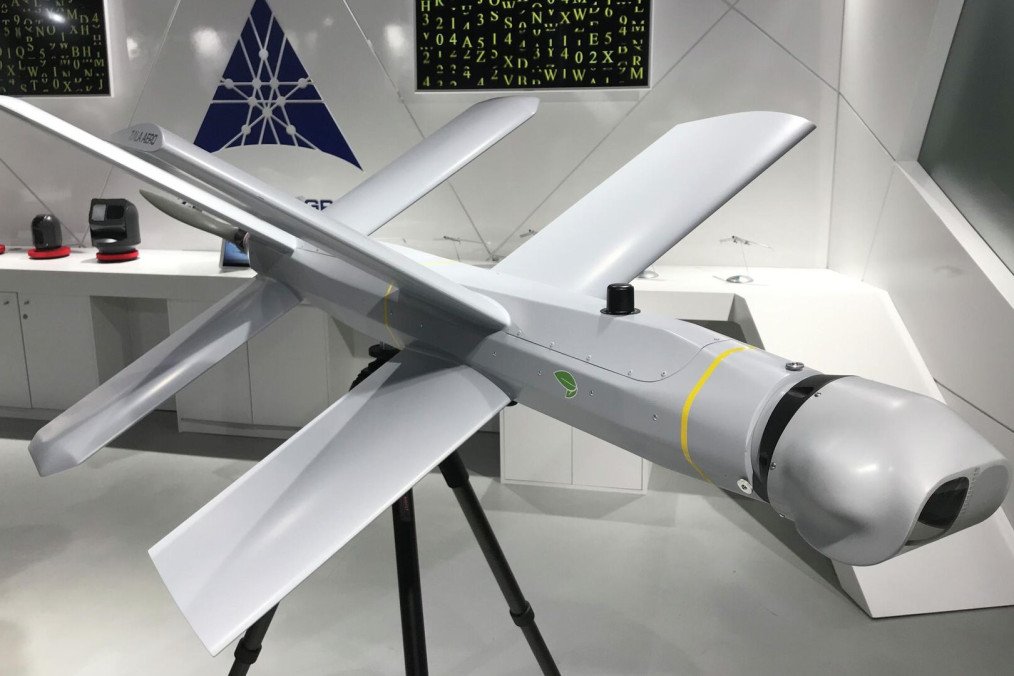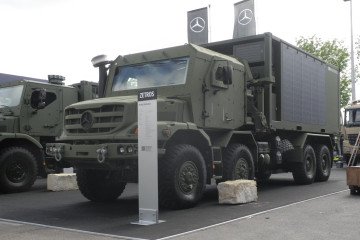Russian forces have begun deploying a new type of loitering munition with advanced autonomy features, signaling a shift in the country’s approach to drone warfare.
According to Defense Express on May 7, this new drone was first observed in limited strikes on Sumy in February 2025 but has since been detected on multiple frontlines, including eastern Ukraine. While its external appearance resembles other systems such as the KUB-2, analysts emphasize that the internal architecture represents a major technological upgrade.
Unlike the Lancet, which relies heavily on operator input and satellite navigation, this unnamed system is equipped with a combination of machine vision, AI processing, and terrain-matching navigation, making it significantly harder to detect and disrupt.
The drone features a 14-megapixel camera, a Jetson AI video processing module, and a laser rangefinder, enabling it to recognize terrain features and autonomously navigate to and identify targets.

The drone’s navigation suite combines satellite and inertial guidance systems. The latter enables continued operation even in GPS-denied environments. For communication, the system utilizes 3G modems, potentially allowing remote updates and control via mobile networks across extended distances. This setup makes it more resilient against electronic warfare interference.
Its warhead, designated KOFZBCh-3, weighs 3 kg and combines cumulative, high-explosive fragmentation, and incendiary effects. Powered by a 34 Ah battery, the drone has an operational range of up to 80 kilometers.
Intelligence reports also note that multiple drones of this type have been used in coordinated strikes, suggesting early-stage experimentation with swarm tactics.
Defense Express analysts suggest that the laser rangefinder may also contribute to target acquisition by comparing observed outlines with onboard reference data.
The drone is equipped with over 100 GB of visual information stored on a high-speed drive, potentially enabling autonomous target classification and selection without human intervention.
-919b6c9719e6fb60c6da2cbe4010170b.png)
This level of autonomy represents a significant evolution from previous Russian loitering munitions. Experts believe the drone can detect and respond to air defense systems in real time, possibly performing evasive maneuvers based on onboard threat detection—making it more difficult for Ukrainian forces to intercept.
Although the drone’s deployment is still limited, sightings are increasing. Analysts suggest that Russian forces are currently testing the system in combat conditions to evaluate its effectiveness before potential mass deployment.
Earlier, Russia introduced the KUB-2 attack drone—an upgraded version of the original KUB—featuring a 10 kg warhead, day-night targeting capabilities, and the ability to strike a broader range of targets. According to Defense Express, the drone was unveiled on January 21, 2025, and has already been used in combat, with Ukrainian forces intercepting one on January 7.








